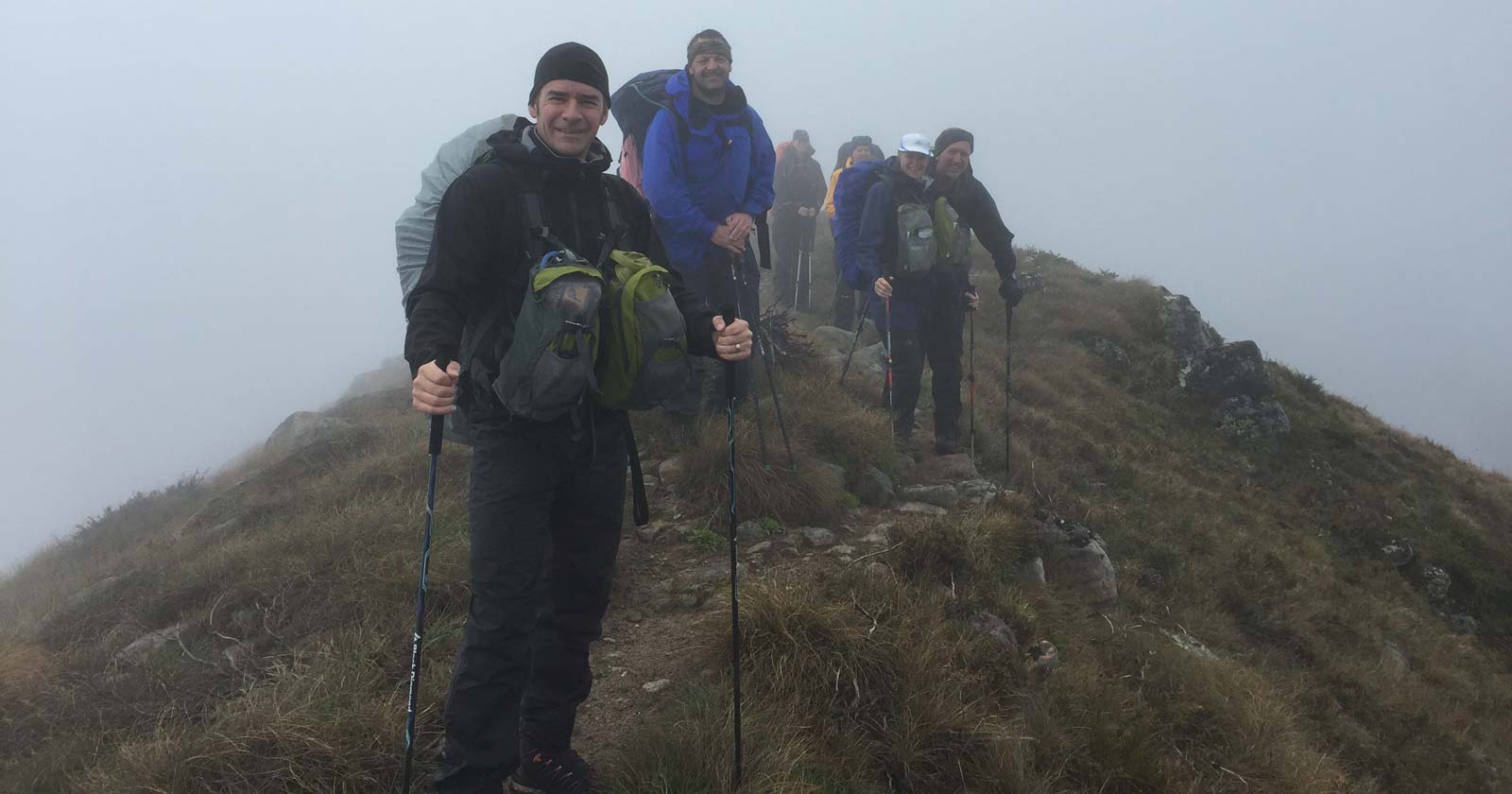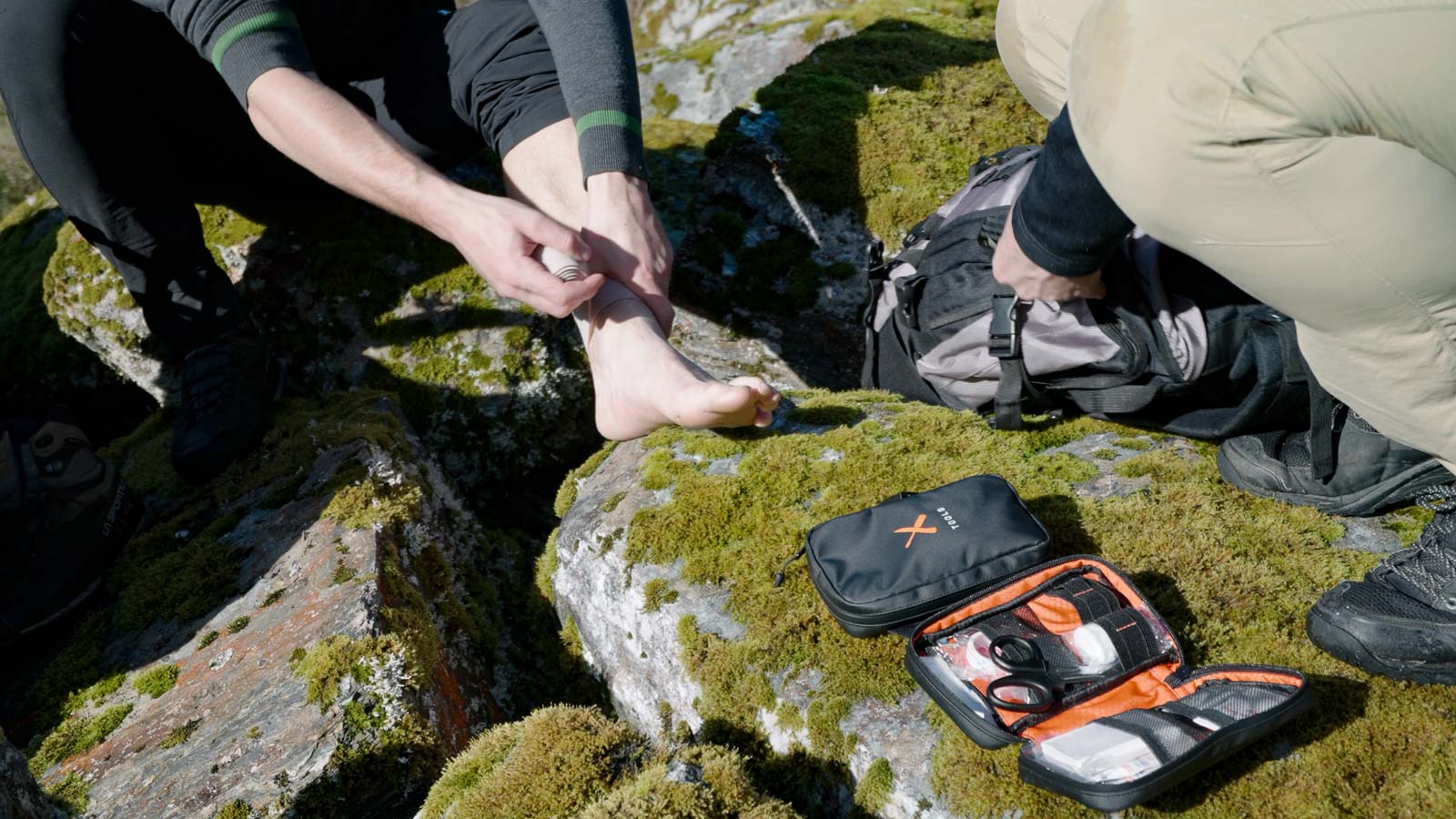Walking steadiness: Why balance is your hiking friend
The allure of hiking lies in its ability to connect us with nature, offering adventure and breathtaking vistas. However, even the most experienced hikers know that navigating uneven terrain can be a humbling experience. I’ve seen it countless times: seasoned hikers, cruising along a flat trail at a steady pace, suddenly transform into quivering bundles of nerves when faced with a challenging climb or a treacherous patch of rocks. Their once-confident strides shrink, replaced by cautious shuffles and white-knuckled grips. It’s a reminder that walking steadiness isn’t just about avoiding falls; it’s about unlocking the full potential of yourself. Imagine the difference between carefully inching your way over a fallen log, heart pounding in your chest, and confidently stepping over it, your gaze fixed on the panoramic view unfolding before you. That’s the power of walking steadiness: it allows you to embrace the challenges of the trail with confidence, transforming fear into exhilaration and opening the door to a truly fulfilling hiking experience.
Before we dive into how improving your balance can improve your confidence and benefit your hiking, let’s have a look at what walking steadiness is and why it matters.

Balance in motion
Walking steadiness refers to your stability and balance while walking. It’s the ability to walk smoothly and upright without excessive swaying, stumbling, or tripping. This involves a complex interplay of various systems in your body, including:
- Vestibular system: Located in your inner ear, it helps maintain balance and spatial orientation.
- Vision: Provides visual cues about your surroundings and body position.
- Musculoskeletal system: Muscles and joints work together to control movement and maintain posture.
- Sensory system: Provides feedback from your feet and other parts of your body about your position and movement.
Why walking steadiness matters
Good walking steadiness is crucial for maintaining independence, mobility, and overall well-being. Here’s why:
- Reduces falls: Poor steadiness increases the risk of falls, which can lead to serious injuries, especially for older adults.
- Improves confidence: Feeling shaky while walking can be anxiety-inducing. Good steadiness boosts confidence and encourages physical activity.
- Maintains daily activities: It allows you to navigate your environment safely and participate in daily activities independently.
- Enhances quality of life: Good balance contributes to overall physical and mental well-being, enabling you to enjoy an active life and explore nature without limitations.
Now that we understand the importance of walking steadiness in general, let’s explore why it’s crucial for hikers.

Why walking steadiness matters to hikers
Enhanced confidence and control on uneven terrain
Hiking trails rarely resemble well-maintained footpaths. Loose rocks, roots, and inclines pose constant challenges to your balance, demanding swift adjustments. Good walking steadiness empowers you to navigate these obstacles with poise and control. Imagine gracefully stepping over a fallen log instead of scrambling with shaky legs – that’s the difference confidence in your footing makes.
Reduced fatigue and extended exploration
Walking with poor steadiness requires constant micro-adjustments to maintain balance. This continuous effort adds up, leading to increased fatigue, especially on longer hikes. Conversely, good steadiness translates to efficient movement, reducing energy expenditure. This allows you to cover greater distances, explore more trails, and savor the journey for longer.
Minimising the risk of injuries
A misstep on the trail can have significant consequences, ranging from minor scrapes to more serious injuries. Walking steadiness significantly reduces the risk of such mishaps by keeping you upright and in control. This not only protects your physical well-being but also alleviates the anxiety associated with unsteady footing, allowing you to fully immerse yourself in the hike.

Assessing and improving your walking steadiness
The benefits of good walking steadiness extend far beyond the realm of hiking. It significantly improves overall balance and coordination, impacting your daily activities and minimising the risk of falls in everyday life. This translates to greater independence, enhanced mobility, and a higher quality of life.
How to assess your steadiness
Assessing your walking balance involves paying attention to various aspects of your body’s movement and coordination. Here are some steps you can take to evaluate your walking balance:
- Observation: Begin by observing your walking patterns. Notice if you walk smoothly or if you experience swaying, stumbling, or any irregularities in your gait.
- Foot Placement: Pay attention to how you place your feet. Are you lifting them high enough, or do you tend to drag your feet? Ensure that your steps are purposeful and deliberate.
- Posture: Check your posture while walking. Ideally, your head should be aligned with your spine, and your shoulders should be relaxed. Avoid slouching or leaning too far forward or backward.
- Arm Swing: Natural arm swing is an integral part of walking balance. Your arms should swing naturally in coordination with your leg movements. An imbalance in arm swing may indicate issues with balance.
- Consistency: Walk on various surfaces, both even and uneven. Observe if your walking balance remains consistent across different terrains. Uneven surfaces, stairs, or inclines can challenge your balance, so take note of how you handle these situations.
- Turning and Maneuvering: Practice making turns and maneuvering around obstacles. A well-balanced individual should be able to turn smoothly without losing balance or stability.
- Single Leg Balance: Stand on one leg for a brief period and observe if you can maintain your balance. Repeat this with the other leg. If you struggle to balance on one leg, it may indicate a potential imbalance.
- Tight Spaces: Navigate through tight spaces or crowded areas, observing how well you maintain balance in confined settings.
- Eyes Closed Test: In a safe and open space, try walking a short distance with your eyes closed. This challenges your body’s reliance on visual cues and emphasises the importance of other balance-related systems.
- Seek Professional Assessment: If you have concerns about your walking balance or experience persistent issues, consider seeking professional guidance. Healthcare professionals, physical therapists, or specialists can conduct assessments and provide personalised advice.
The good news is that walking steadiness is not a fixed trait. There are many ways you can improve your steadiness and balance.

Improving your balance
Regular self-assessment can help you become more aware of your walking balance and identify areas that may need improvement. Additionally, incorporating exercises and activities that focus on balance and coordination, such as yoga or Tai Chi, can contribute to enhancing your overall walking steadiness.
- Exercise: Regular physical activity, especially balance and strength training, can significantly improve steadiness.
- Gradual Progression: Begin with easier hiking trails and gradually increase the difficulty as your confidence and steadiness improve.
- Proper Footwear: Invest in hiking boots with outstanding traction and ankle support to provide a stable base for your explorations.
- Tai Chi: This practice combines gentle movements and mindfulness, strengthening muscles and improving balance.
- Yoga: Yoga can help improve walking steadiness through balance and strength training, sensory awareness and mindfulness. However, it’s important to note not all yoga styles equally focus on balance or strength training. Hatha yoga and Vinyasa flow might offer less emphasis compared to Yin yoga or Iyengar yoga.
- Assistive devices: Hiking poles can provide additional support and stability, especially in challenging environments.
- Mindful Walking: Pay close attention to your body and surroundings while walking, focusing on smooth and controlled movements.
- Seek Professional Guidance: Consult a healthcare professional if you have concerns about your balance or specific medical conditions affecting it.

Rock climbing and walking steadiness
While scaling near vertical walls is very different to hiking on more horizontal surfaces, both indoor and outdoor rock climbing can help with walking steadiness. I’ve found it has made a notable difference to my hiking adventures. Here’s how:
- Balance and coordination: Rock climbing inherently requires excellent balance and coordination to navigate varied holds, maintain body position, and move efficiently. The constant adjustments and problem-solving involved in climbing translate well to improved stability and footwork on uneven terrain while hiking.
- Strength and stability: Climbing engages various muscle groups throughout the body, particularly in the legs, core, and feet. This increased strength and stability contribute to better control and power when hiking, reducing fatigue and improving walking steadiness.
- Proprioception: Climbing enhances proprioception, your body’s awareness of its position in space. This heightened awareness translates to a better understanding of your footing and body weight distribution while hiking, leading to more deliberate and balanced steps.
- Mental focus: Climbing often requires focused attention and problem-solving skills. This mental engagement spills over to activities like hiking, allowing you to be more mindful of your movements and environment, further improving your sense of balance and safety.
However, there are some key differences to consider:
- Outdoor vs. indoor: Both forms offer benefits, but outdoor climbing typically involves more uneven terrain and dynamic movement, translating more directly to hiking challenges.
- Climbing style: Depending on the style (bouldering, top rope, lead climbing), the focus on balance and core engagement might vary. Consider styles that emphasise footwork and body weight control for maximum walking steadiness benefit.
Remember: While climbing can significantly improve your walking steadiness, it’s crucial to start gradually, choose appropriate routes and difficulty levels, and prioritise proper safety measures. Here’s some additional tips:
- Combine climbing with other balance-focused activities like yoga or tai chi for even greater benefits.
- Be mindful of your body and listen to your limits while climbing to avoid injuries.
- Consult a climbing instructor or coach for personalised guidance and technique improvement.
Overall, both indoor and outdoor rock climbing can be excellent tools to enhance your walking steadiness and elevate your hiking experience. Just remember to approach it safely and gradually, and reap the rewards of improved balance, strength, and confidence on the trails.
Are you ready to improve your hiking confidence?
Maintaining good walking steadiness is an ongoing process. By incorporating these strategies into your life, you can walk with confidence and improve your overall well-being. Walking steadiness is a journey, not a destination. By incorporating these steps into your routine, you’ll build a solid foundation for confident and enjoyable hikes, allowing you to truly conquer the trails and embrace the adventure that awaits.
Before incorporating these practices, my own hikes were often marked by shaky legs and nervous glances. But by focusing on improving my balance, I’ve unlocked a sense of freedom and confidence on the trails I never thought possible. Now, I can truly immerse myself in the experience, appreciating every step of the way. I invite you to embark on your own journey of improved walking steadiness – the rewards are waiting, just beyond the next bend.






Good piece. I’d emphasise one of the points that applies, especially to older or less abled people. The mindfulness you need to NOT fall allows you to slow your pace and be more mindful of the wonders around you. It’s a win-win to slow, be methodical, monitor yourself and your body’s relationship to everything around you, and appreciate it all – the breeze, that flower, the lichen on the rock, the moss in the water trickle, the bugs and birds…all of it!